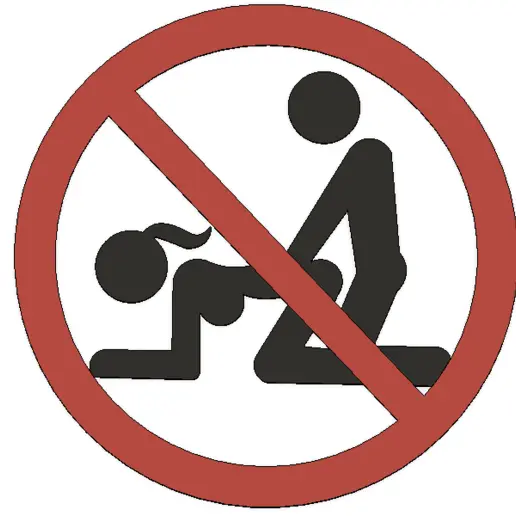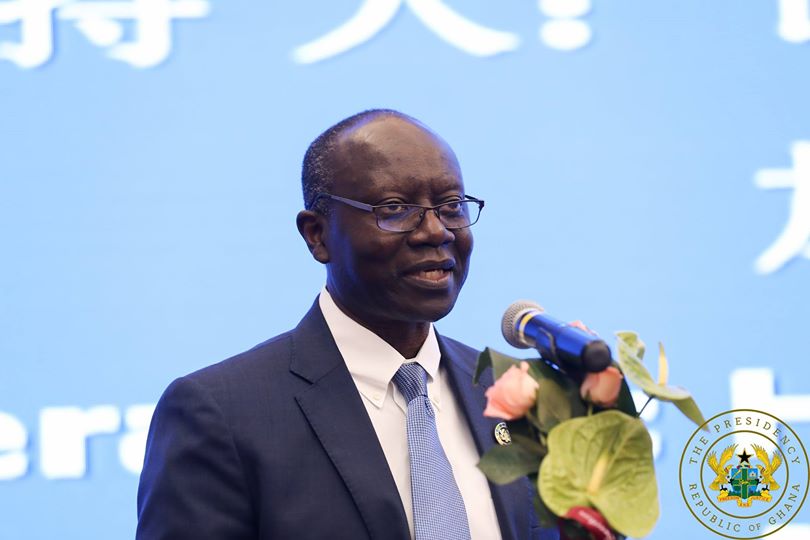La Casa De Papel, translation: The House of Paper, is a Spanish television heist crime drama series created by Álex Pina which was initially intended as a limited series to be told in two parts.
ALSO READ : “Leave me in my Virgin state Before I Sign Divorce Papers” – Wife Tells Husband In Court
The series follows a story of a criminal mastermind who goes by name “The Professor” who sets up an ambitious plan to pull off the biggest heist in recorded history alongside eight people that have certain abilities and who have nothing to lose.
Here are some few random facts you might have not known about La Casa De Papel
1. La Casa De Papel was created by Álex Pina.
Show creators are usually unsung heroes when it comes to offering praise about how good a T.V series is. The success of the show led to the signing of a deal with Netflix to further create and produce more parts of the series.
2. The show was initially aired on Antena 3.
Debuting on May 2, 2017, with two parts. The first season had nine episodes each running for 70 minutes with the second having six. Netflix acquired it in December 2017 and reassembled the first part into 13 episodes with each less than 45 minutes.
3. It was originally called Los Desahuciados
Creator, Alex Pina had initially called the show Los Desahuciados which meant, ‘The Outcasts’. This was due to the fact that the majority of the main characters were actually society outcasts with criminal backgrounds. The name was later changed to La Casa De Papel to fit the script of robbing a “paper house,” The Royal Mint.
4. The character Nairobi was part of the initial script.
Nairobi was added to the further stages of production. With all the scenes of the character you have watched since the release of part one, there was no way the show would go on without the Nairobi’s presence in it. Imagine what Money Heist without Nairobi would have been like?
5. Tokyo was not the original narrator.
For those that may not be aware of this crucial fact, originally all the narrations were done by The Professor and Moscow. Tokyo, who was a run robber was recruited by The Professor and at one point she was nearly arrested by the Spanish Police, while Moscow was Denver’s father. Another robber on the squad.
6. The printing machines used in parts 1 and 2 were real.
Before you jump off your seats, the printing machines used to print money in the show were actually Newspaper printing machines and not the real deal. Though, it actually added a realistic feel to it making it seem like they were.
7. The Professor, Álvaro Morte does not wear a pair of glasses in real life.
Despite not being used to them, Alvaro Morte readjusted quickly to the outcome, A gesture the production team decided to keep because it looked good anyway.

8. The show was not filmed at The Spanish Royal Mint.
Initially, there were efforts to have the show shot there but were not successful in doing so. However, they later moved the shooting venue to the Spanish National Research Council (CSIS). It was only the scenes outside the Mint that were recorded at CSIS but the inside shots were done in a studio.
9. Bella Ciao.
Viewers love many things about La Casa De Papel and certainly, this song is one of them. It would be a total injustice to conclude this article without talking about it.
Bella Ciao, or- “Goodbye Beautiful” is an Italian protest folk song that originated in the hardships of the mondina women, the paddy field workers in the late 19th century who sang it in protest of the harsh working conditions that were in the Monda fields.
ALSO READ : “Leave me in my Virgin state Before I Sign Divorce Papers” – Wife Tells Husband In Court
Several versions of the song in various languages across the world have been made and sung most especially during times of resistance and by freedom fighters.
10. La Casa De Papel does not directly translate to Money Heist.
La Casa De Papel is a Spanish translation of; The House of Paper. It doesn’t actually mean, Money Heist as many have thought. The reason behind the Spanish title was because the heist was to take place at the Spanish “House of Paper,” The Royal Mint with the English one meant for the Western market

















